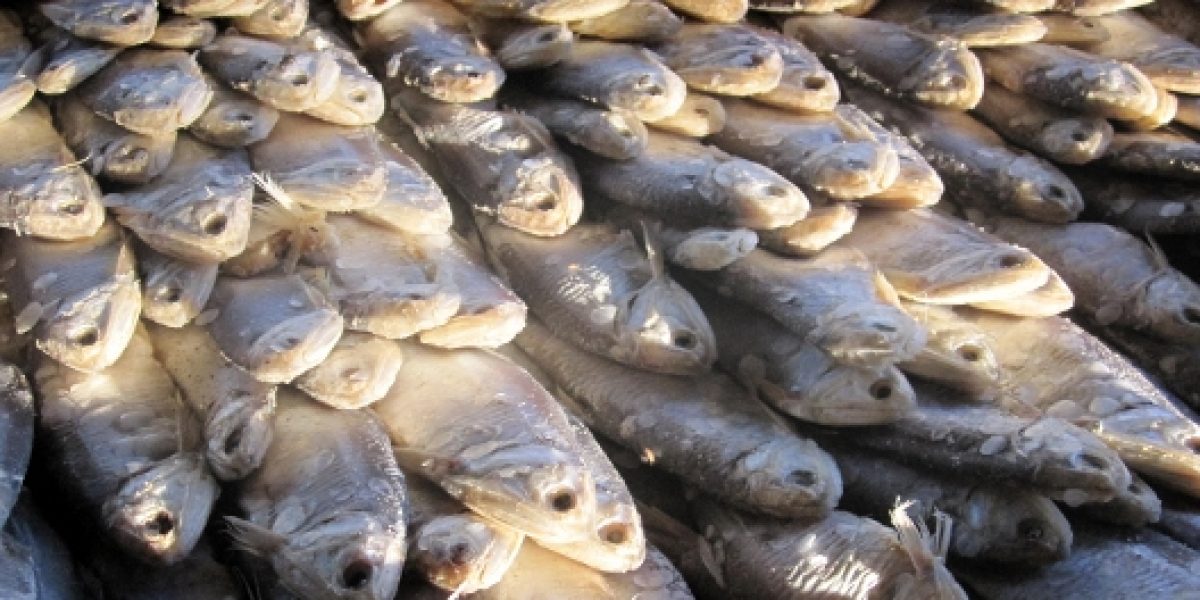The research institutions responsible for the report also published a 2012 study into mislabelling in the seafood industry, which revealed that the practice is widespread in South Africa.
The mislabelling of fish species may occur at various points along the supply chain, either through unintentionally mistaking one species for another or, more frequently, for unscrupulous ends. Those ends could be to launder illegally caught fish, market a lesser known fish species under a name more familiar to consumers, or increase profits by substituting low value fish for similar high-value alternatives.
Mislabelling of seafood products defrauds the consumer, particularly when relatively low value fish such as Angel fish is substituted for more expensive species such as cod. It can also pose health risks – the South African study discovered cases where Oilfish (also known as butterfish in South Africa) was sold as swordfish. Oilfish contains high quantities of indigestible wax ester oil which causes illness of variable severity in about 50% of people who consume it.
One of the most serious consequences of seafood mislabelling, however, is that it undermines conservation efforts aimed at protecting endangered fish stocks. In South Africa, 11% of linefish species are overexploited while 68% of linefish stocks are classified as collapsed. Numerous initiatives have been established to assist consumers in making sustainable choices in the selection of their seafood. In South Africa the most widely recognized project is the Southern African Sustainable Seafood Initiative, which categorises seafood according to a simple green (sustainable), orange (reason for concern), and red (unsustainable and/or illegal to sell) classification system.
The study of mislabelling practices in the seafood industry used DNA sequencing to identify 248 fish samples collected from fish wholesalers and supermarkets in the Eastern Cape, Western Cape, Gauteng and KwaZulu-Natal. The results showed that about a fifth (21%) of seafood products were mislabelled, with such misrepresentation found to be more common among retailers than wholesalers. Mislabelling was most common in KwaZulu-Natal (56% of samples were mislabelled), but was also prevalent in Gauteng (31%) and the Western Cape (25%).
In certain cases it is clear that economic incentives lay behind food mislabelling. For example, the study found cases where relatively inexpensive skipjack tuna was substituted for more expensive yellowfin tuna. The study also found cases, however, where endangered fish species were being sold under the name of imported or more sustainable stocks. In a number of cases in South Africa, retailers sold river snapper – an endangered South African fish which is illegal to sell or buy – as ‘red snapper’, a popular commercial species caught primarily on the Atlantic coasts of the Americas. The fraud was revealed through DNA testing. An earlier study found that shortfin mako shark has been sold in South Africa as ‘ocean fillets’ or ‘sokomoro’ to increase its appeal, even though it is listed as vulnerable by the International Union for Conservation of Nature.
The study also uncovered cases where less expensive and more sustainable fish were substituted for linefish such as white steenbras and white musselcracker, both of which are highly overfished and illegal to sell or buy in South Africa. While substitution of sustainable fish for more endangered species may appear to assist in easing pressure on overfished stocks, such misrepresentation remains harmful because it creates the impression among consumers that certain linefish species are more plentiful than is the case, which may lead to increased demand for these species.
Despite the fact that regulations exist in South Africa governing food labelling, including seafood, these regulations are inadequate and often poorly enforced. In order to address mislabelling in the seafood industry countries such as Canada and the United States have published seafood lists defining acceptable market names for seafood products and, in some cases, requiring the publication of the Latin names of fish species to avoid confusion. South Africa, however, has no such regulations.
Addressing mislabelling of seafood products in South Africa requires action from government, the private sector and consumers. Despite the common occurrence of mislabelling, consumers should continue to use guidelines such as the Southern African Sustainable Seafood Initiative. This will inform their choice of seafood and send a clear signal to wholesalers and retailers that seafood sustainability should be prioritized. Moreover, consumers are able to apply pressure on retailers to improve traceability in supply chains and address vague or misleading labelling of seafood products.
Government agencies such as the Department of Health and the National Regulator for Compulsory Specifications should work towards more effective monitoring and regulation of seafood products in South Africa.
Retailers and wholesalers for their part must implement effective and ethical supply chain management practices that adequately address mislabelling of seafood products.








